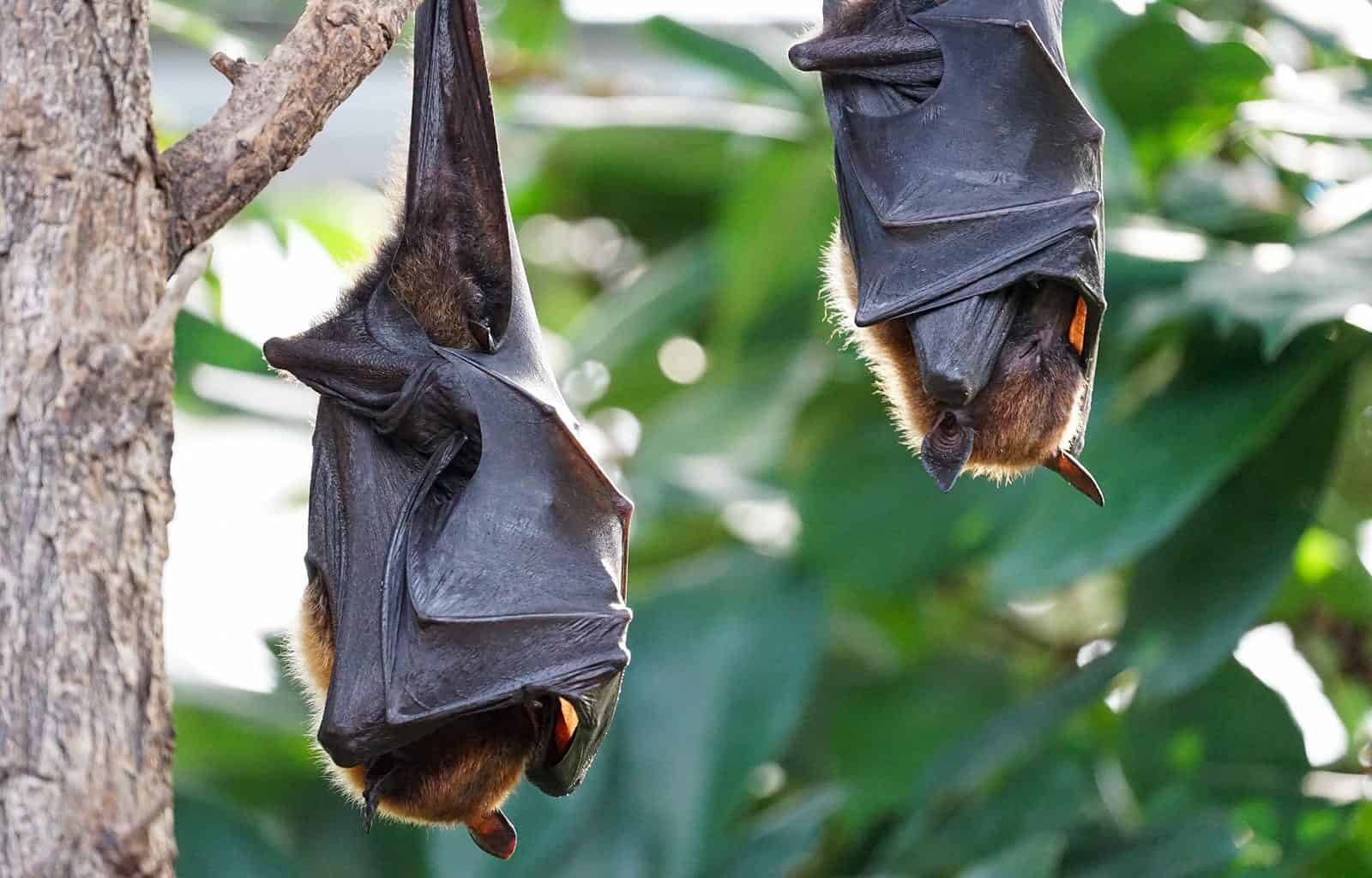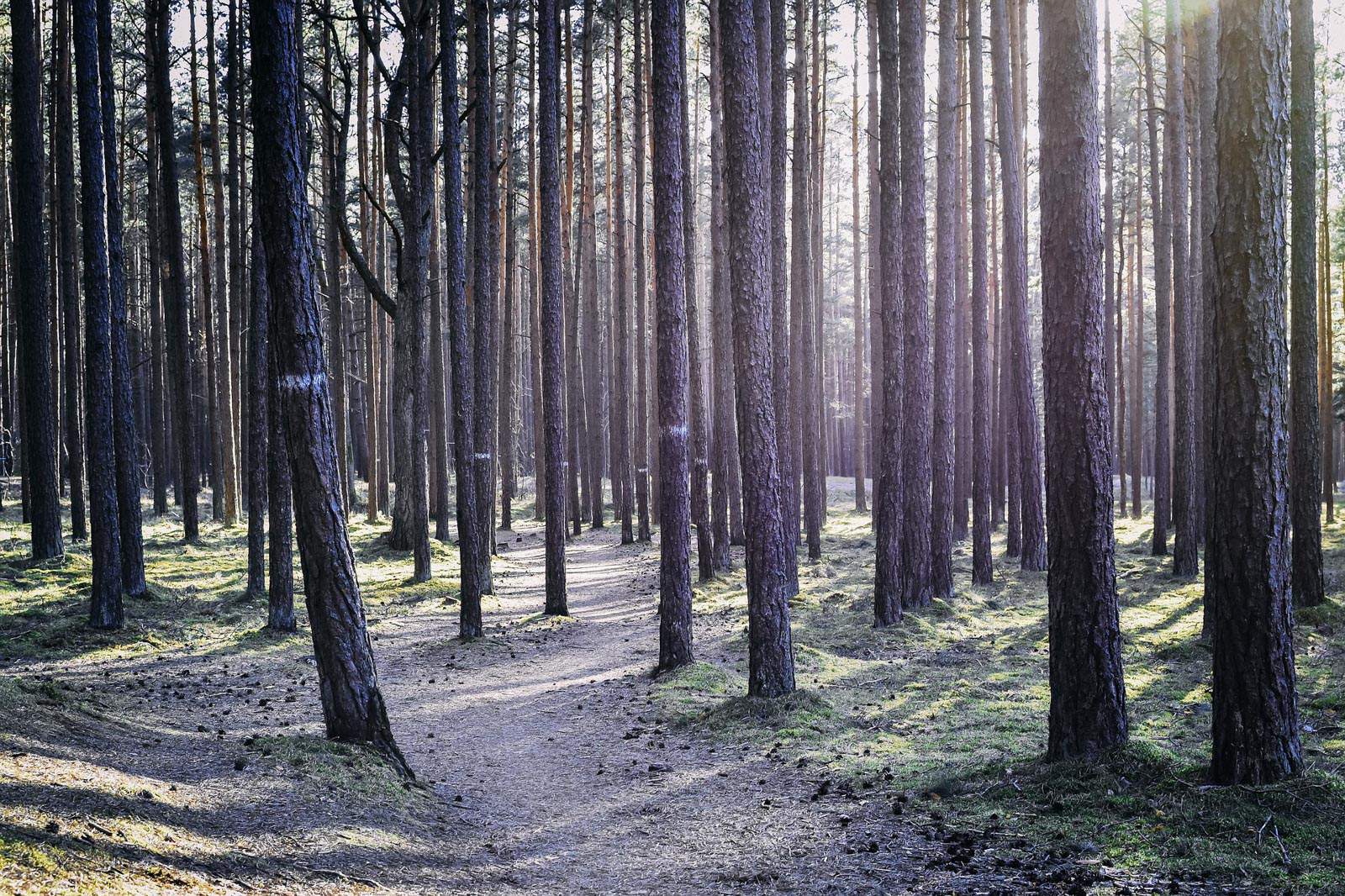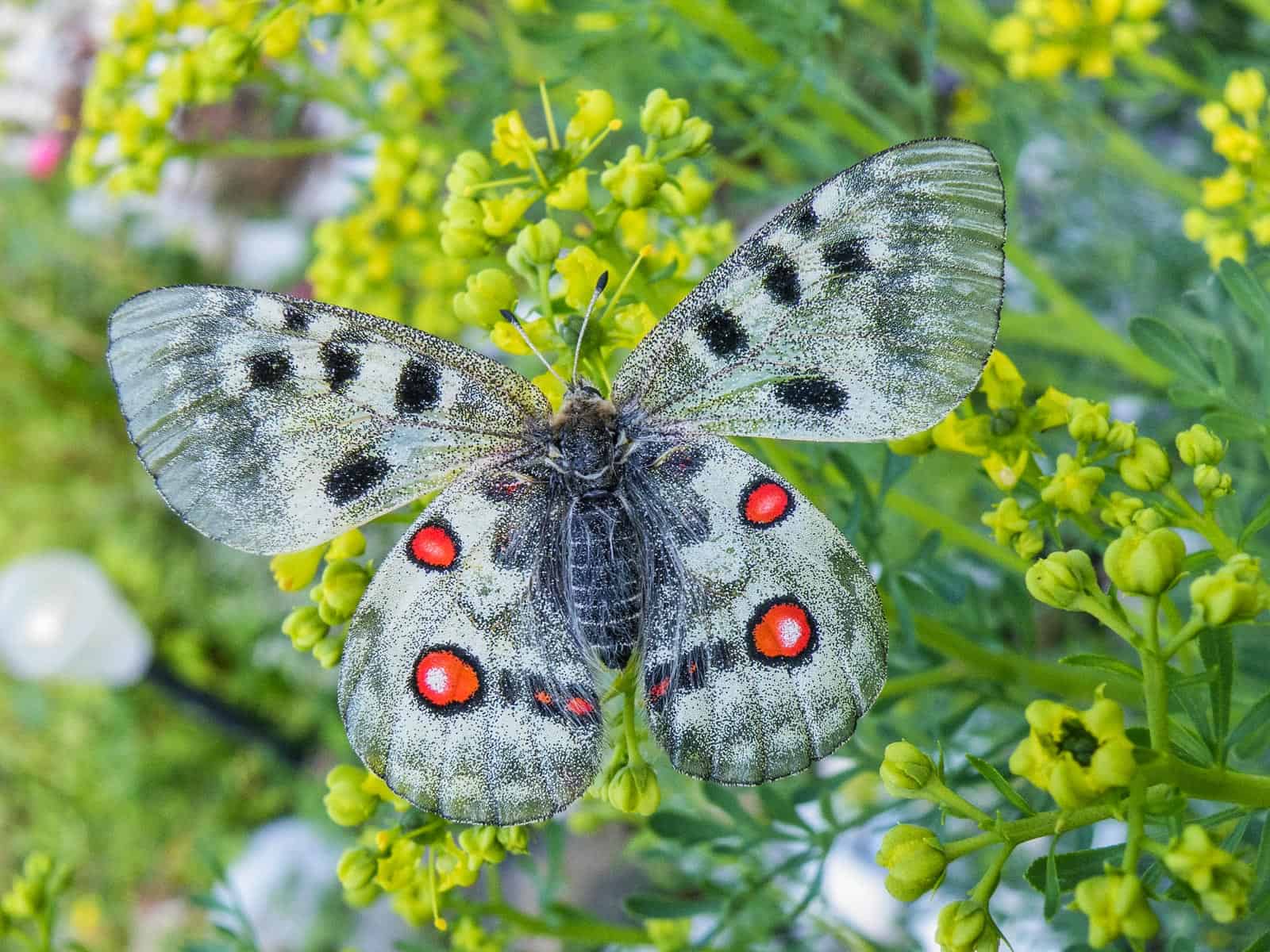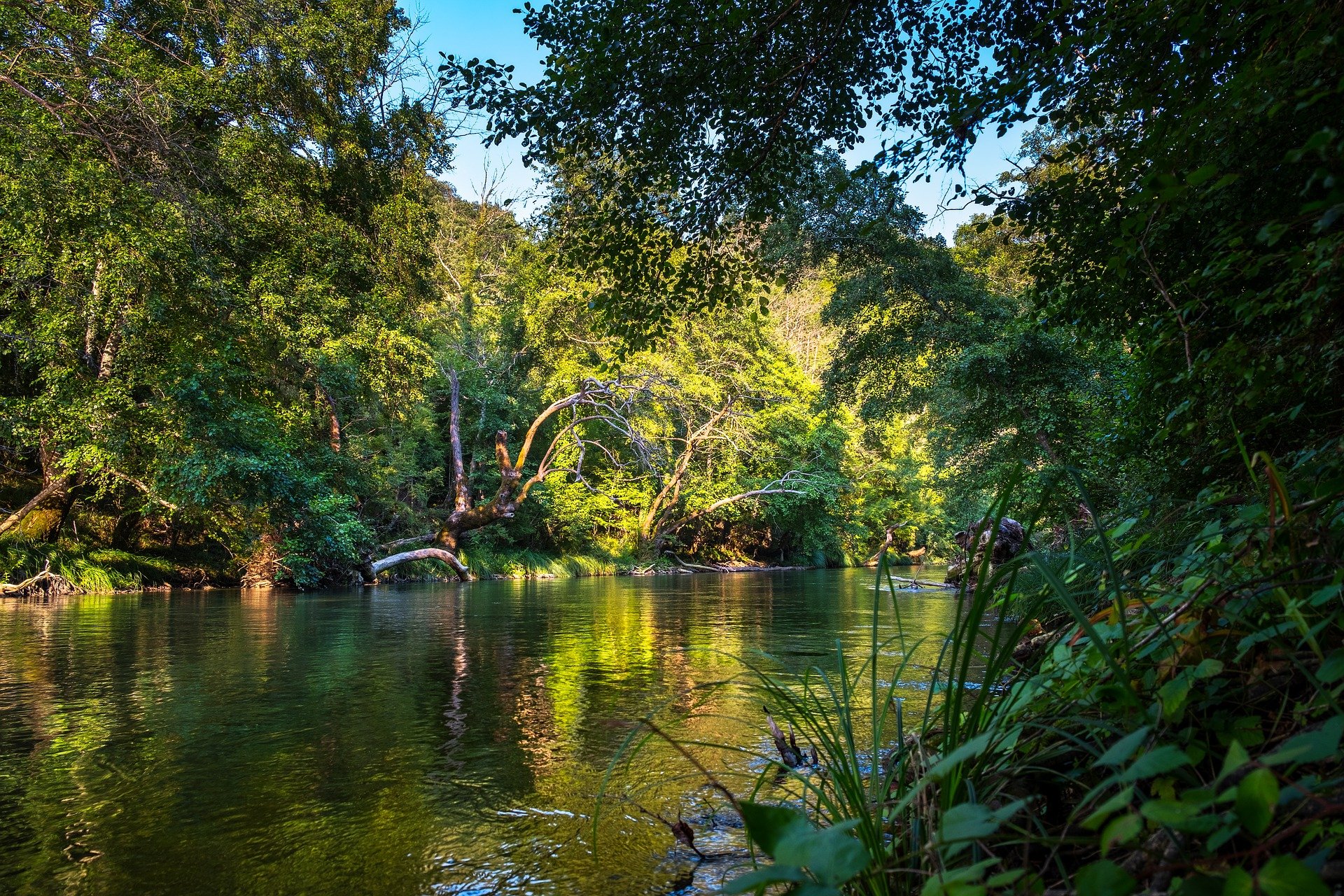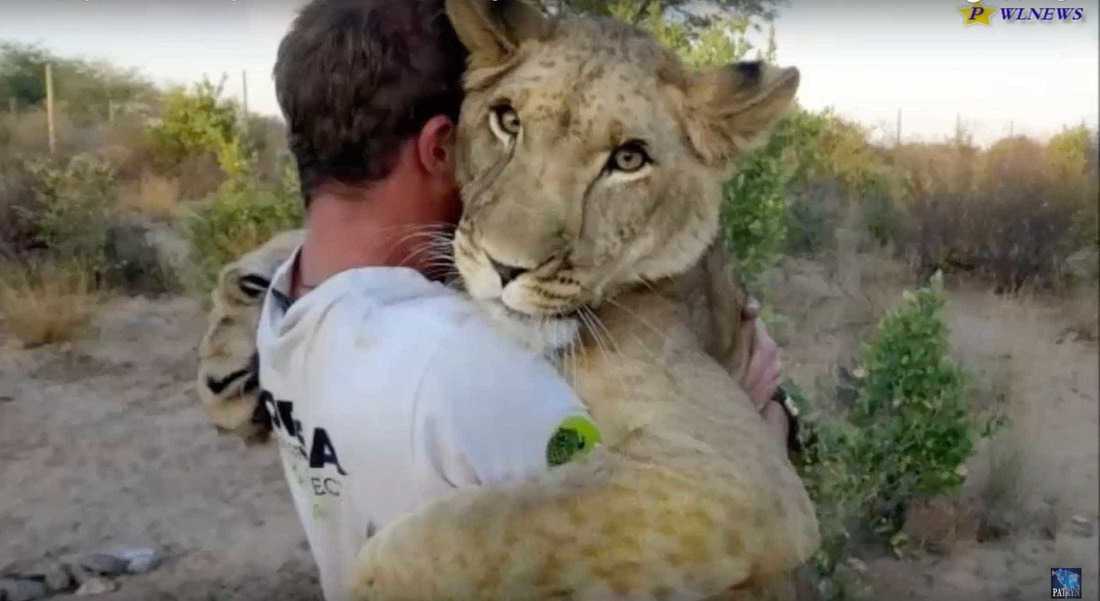How climate change threatens bats
Bats are beautiful and unique creatures found all around the globe, but they often get a bad name. They are generalised as creepy blood-suckers, and have also been wrongly blamed for causing the COVID-19 pandemic. Although there is evidence that bats were a reservoir for the virus, they are not to blame. Habitat destruction is what forced them into human areas and made it easier for them to interact with us. Disease transmission from bats to humans is also facilitated by exposure to stressors such as habitat loss or climate change. This weakens their immune system, leading to repressed diseases emerging.
Beautifully diverse
Bats make up 20% of all mammals, and are the only ones capable of powered flight. This isn’t the only thing that makes them unique. They are also the only animals, apart from whales and dolphins, to use echolocation for hunting as well as navigation. This ability, together with flight, means they can hunt insects at night, occupying a niche with little competition or threat from other predators. With echolocation, bats emit ultrasound from their mouth or nose, and the returning echoes give information on the shape, size, distance and movement of an object. Bat species have adapted the frequency, intensity, and length of their echolocation calls to suit their ecology. For example, bats catching insects in flight typically use high-intensity calls, as wide open spaces make it more difficult to detect small objects.
Bats are traditionally divided into two groups: the large fruit-eating “flying foxes” in the tropics and the smaller, echolocating micro-bats. The latter mainly feed on insects, providing an ecosystem service for humans as they feed on crop pests. However, several species have more unusual diets. Some have evolved to lap up nectar, others blood. Vampire bats locate hosts by sensing their body heat, the only vertebrates to do this apart from snakes. A protein in their saliva (aptly called draculin), prevents their victim’s blood from clotting while they are feeding, and they can consume half their body weight in blood in a 20 minute sitting. Other, larger species even hunt larger animals. The greater bulldog bat is an excellent fisher, the fringe-lipped bat catches frogs and the spectral bat even feeds on other bats. Most incredibly, the greater noctule bat preys on migrating birds, actively pursuing them on the wing!
Bats at risk of climate change
Despite their remarkable adaptations, bats are not immune to the threat of climate change. They are highly vulnerable to climate change for a number of reasons. For one, bats are prone to dehydration due to their large surface area compared to their low mass. There have been many well-documented mass mortality events due to heatwaves. An example from Australia: during just three days of hot weather in 2020, thousands of flying foxes dropped dead from heat exhaustion. Another issue is that they have long lifespans for their size and only produce a single pup per litter, so are at higher risk of extinction from rapid environmental change.
According to the IUCN, around 16% of bat species are threatened worldwide, and while this sounds low, population trends are unknown for 57% of species. This is a much higher number than for other mammals and birds. Recently, scientists noted a lack of studies on bats’ responses to climate change, especially in the Global South. Although their ability to fly makes range shifts easier, adapting to other habitats is challenging, especially as many species have highly specific ecological niches. For example, if climate change affects the life cycle of a certain plant whose fruit or nectar a bat feeds on, the timings of the two species could mismatch and endanger their survival. Seasonal events such as migration and hibernation, in which bats are more vulnerable, are also affected by environmental change. If there are extreme temperature changes during winter, hibernating bats may awaken early, costing them a lot of energy.
Support bat conservation
Although they don’t always have a good reputation, bats are vital in the ecosystems they inhabit. Apart from their pest control services, their mobility also means they play a role in seed dispersal, pollination and nutrient distribution. In some areas, their migrations have become a tourist attraction, providing yet another service to humans. Considering all these roles, their incredible diversity should be protected.
Bat Conservation International is a good place to start if you would like to find more about species protection on a global scale. Within Europe, EUROBATS was established to support the Bat Agreement, which “aims to protect all 51 European bat species through legislation, education, conservation measures and international co-operation”. If you are looking to support bat conservation on a local level, they have made a list of various organisations.
The bat is dun with wrinkled wings
Like fallow article,
And not a song pervades his lips,
Or none perceptible.
His small umbrella, quaintly halved,
Describing in the air
An arc alike inscrutable,
– Elate philosopher!
Deputed from what firmament
Of what astute abode,
Empowered with what malevolence
Auspiciously withheld.
To his adroit Creator
Ascribe no less the praise;
Beneficent, believe me,
His eccentricities.

